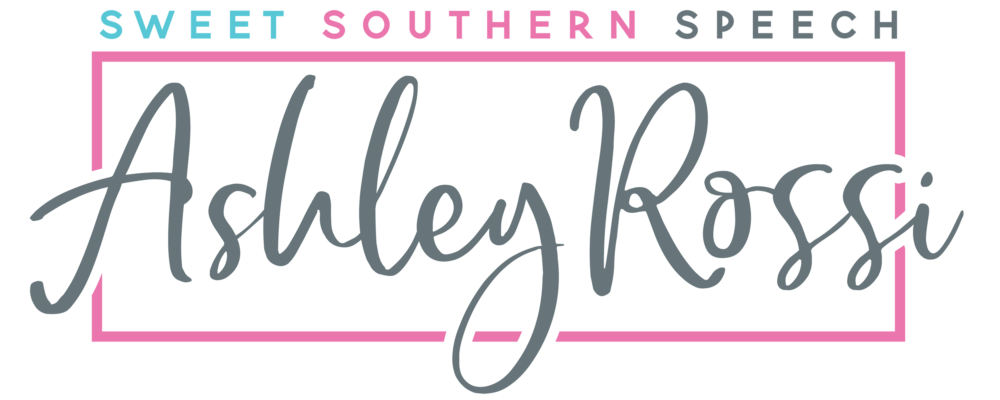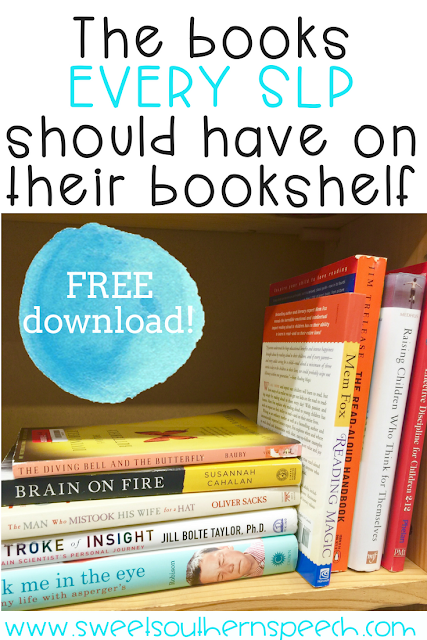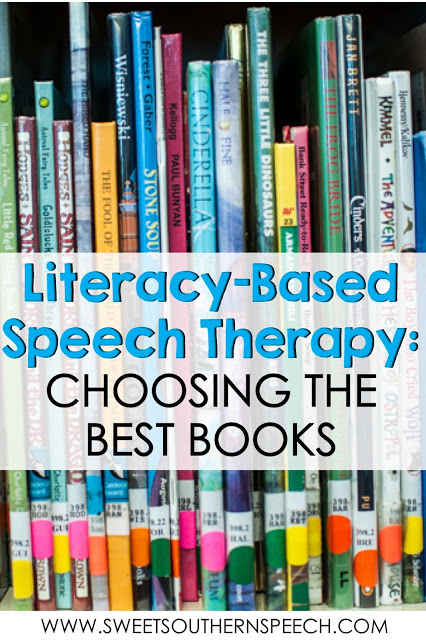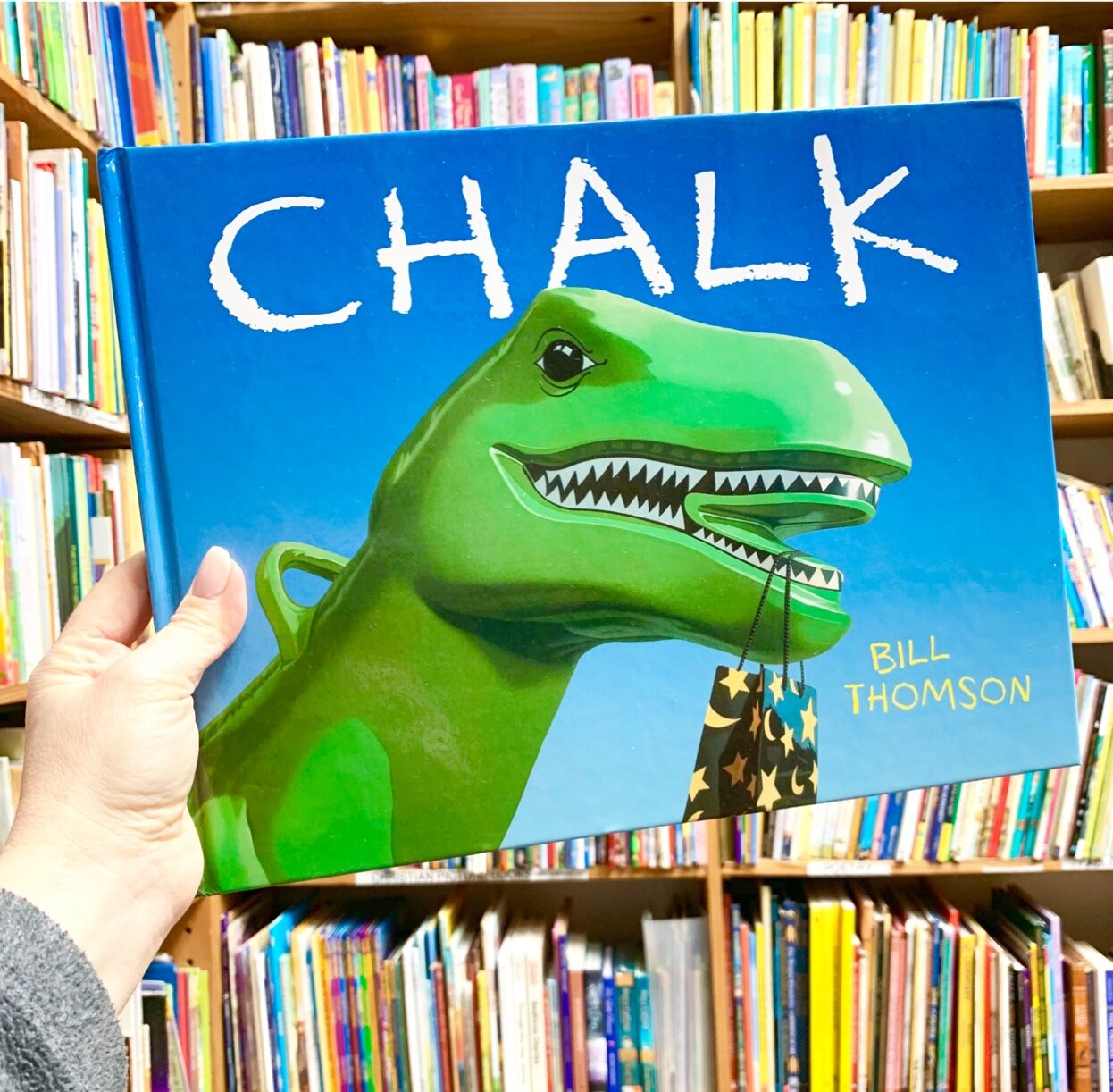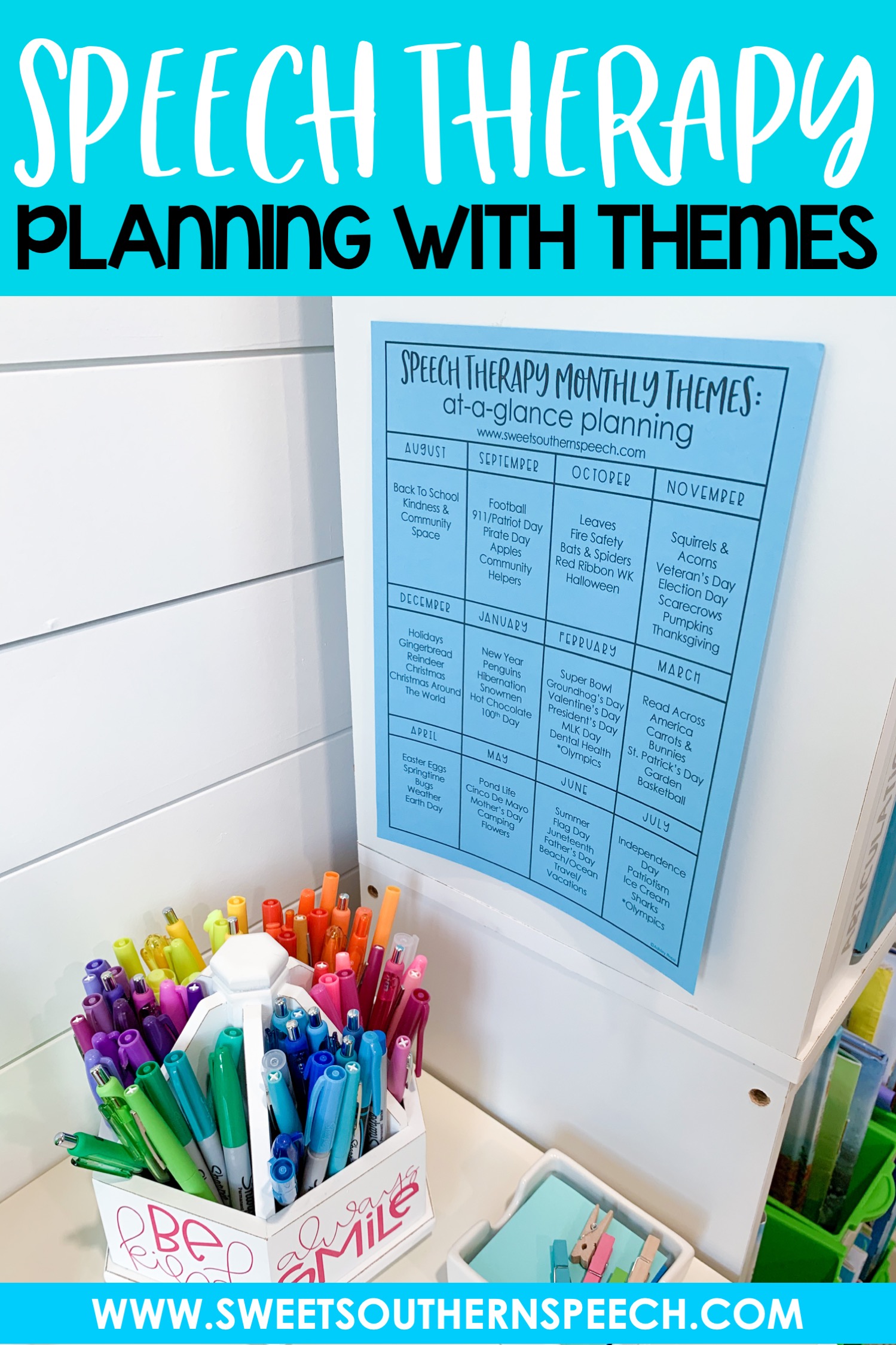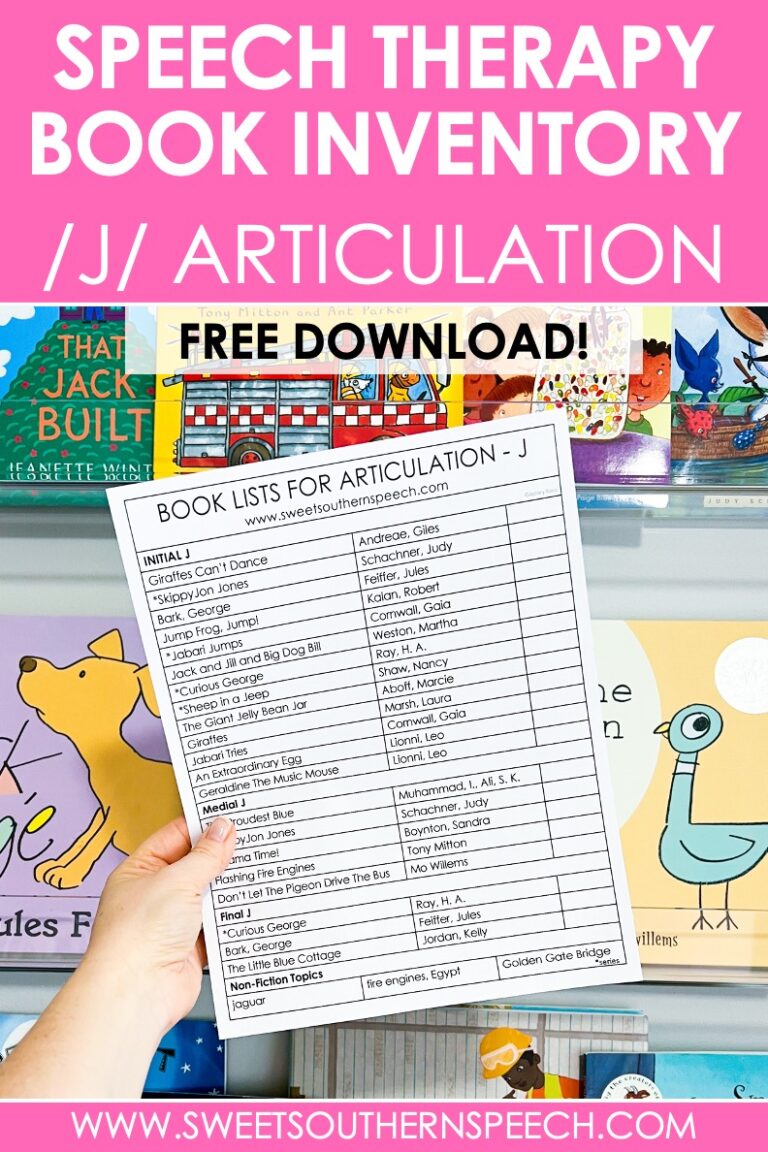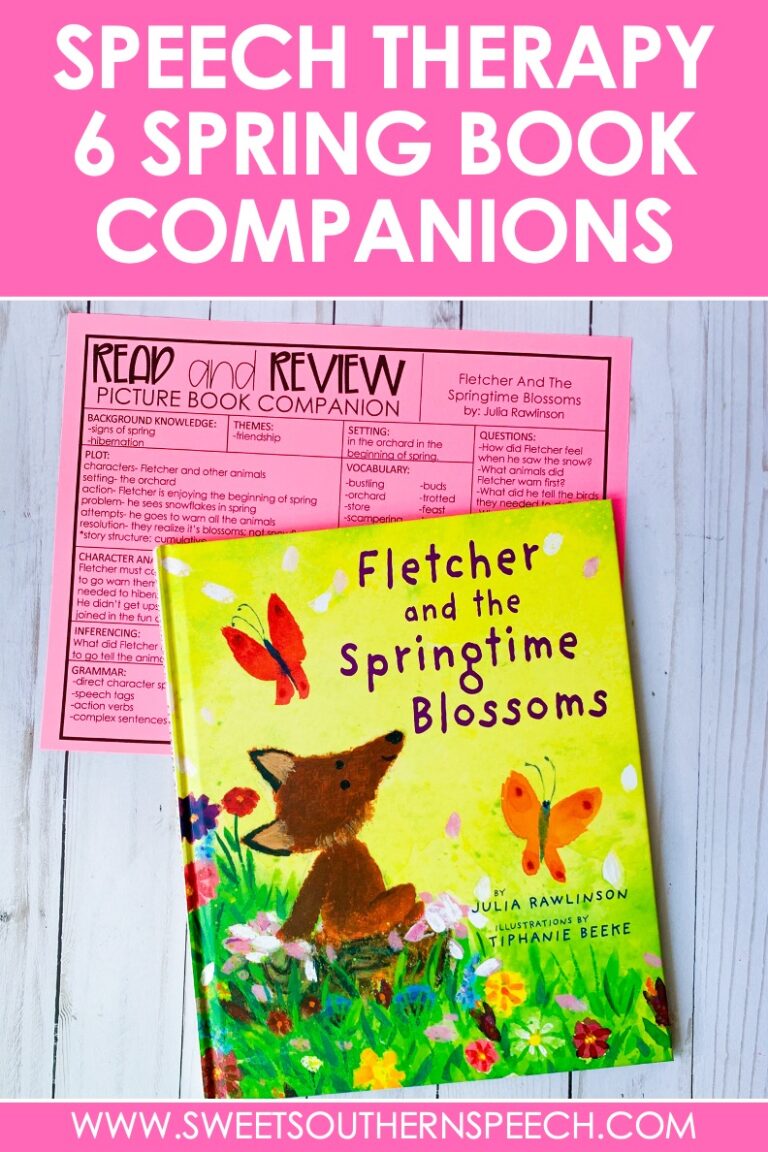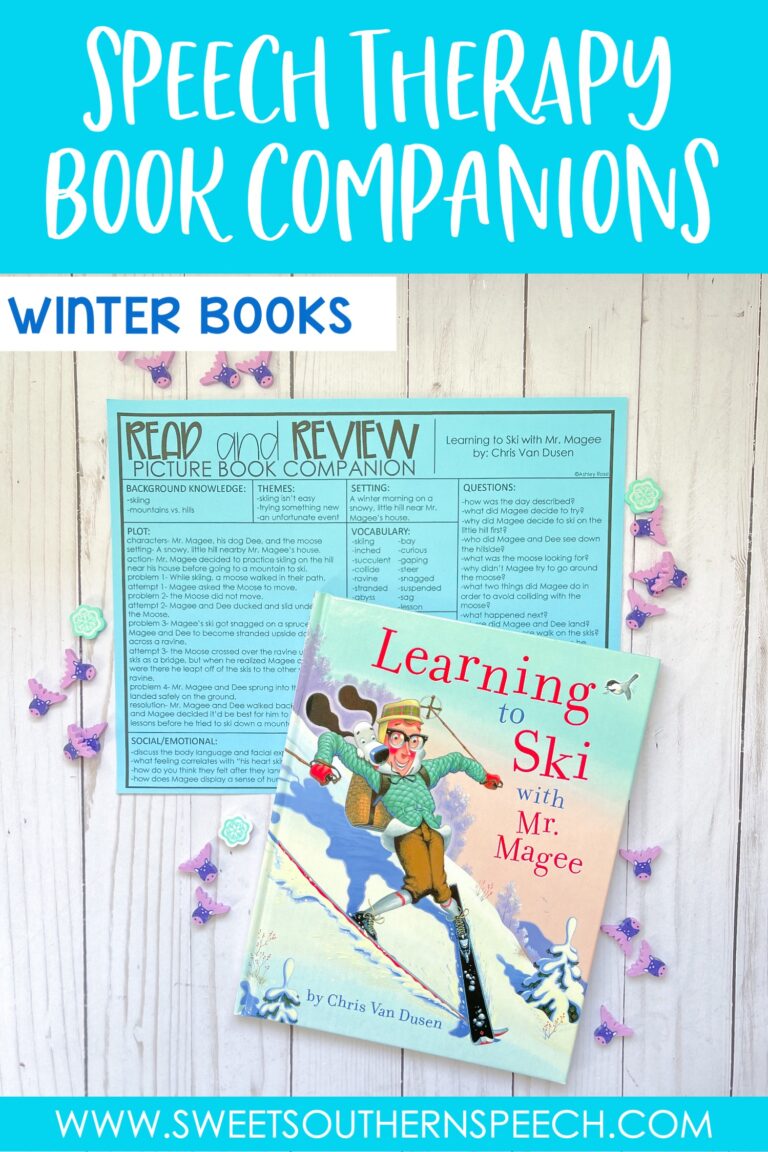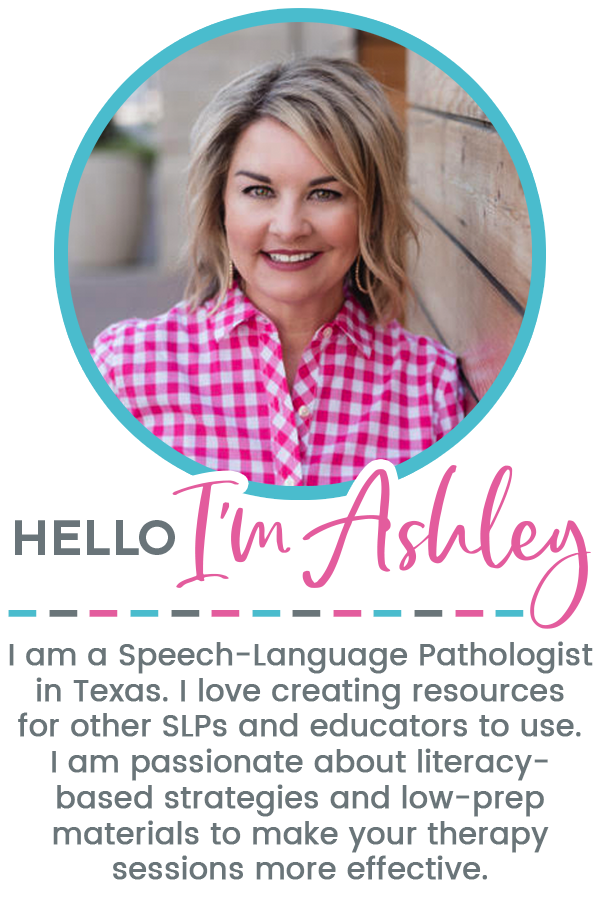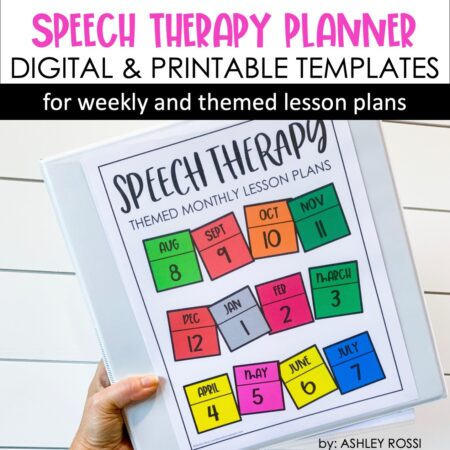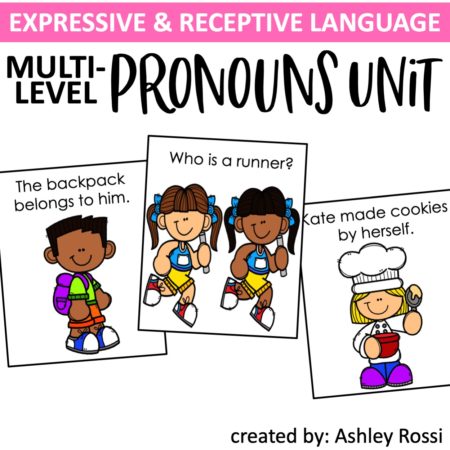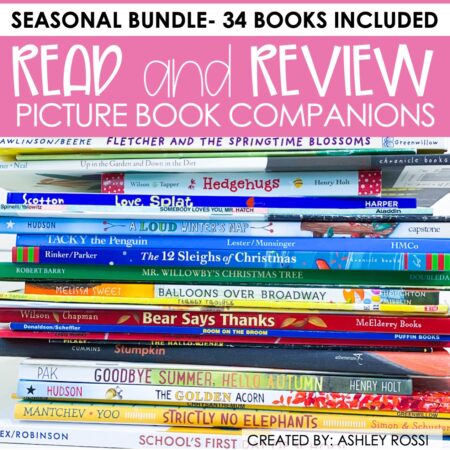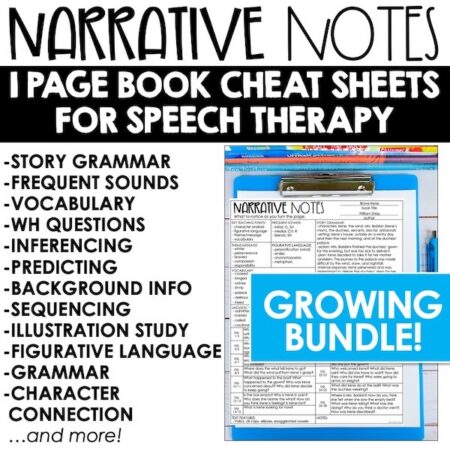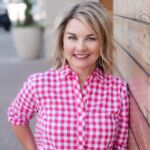Strategies For Reading Comprehension
Admittedly, as a young SLP I worked on reading comprehension like this: read a cute seasonal book, then ask recall questions. Yes, I would work on vocabulary, but my methodology was weak. After diving into the research, my strategies have changed. If you find yourself unsure about WHY pre-reading strategies are vital or HOW to implement them, then this post is for you! I’m including a printable resource for you below. I’ve scoured several research articles, websites (The Informed SLP is a favorite), and professional books to create this guide. The information here is evidence-based (links provided where available) and ready to implement immediately into your therapy sessions or classroom.
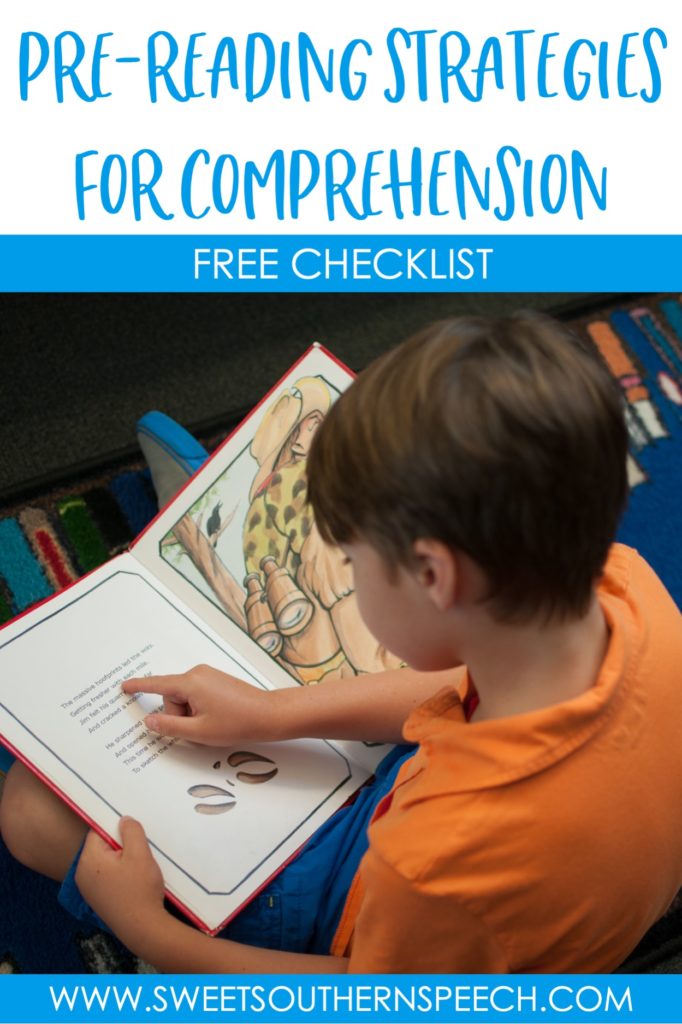
WHY PRE-READING STRATEGIES MATTER:
Literacy-based speech therapy begins BEFORE you open the book. Pre-reading activities engage the student prior to reading the story, introduce vocabulary and phonemic skills, bridge gaps in prior knowledge and experiences, and help them focus on what to anticipate in the text. (Duffelmeyer, F. 1994) We can’t make assumptions about whether the child has had prior experiences that they can relate to the story. For example, if you live in Miami, Florida, you might have a hard time relating to a book with a snowstorm. This is not limited to cultural issues, but also socio-economic disadvantages, having access to books in the home, and linguistic impairments a child may have.
SLPs play a critical role in literacy development as spoken language is the foundation for reading and writing. ASHA has clearly directed us to treat communication and literacy simultaneously. We are uniquely qualified and the research supports it. “…interventions that also focus on a broad set of oral language skills, including grammar, syntax, narrative skills, and inference making are most likely to be effective in helping children to develop adequate reading comprehension skills.” Lervág et al., 2017
STRATEGIES TO USE:
Anticipation
This pre-reading comprehension strategy can be done as you are walking to therapy. Bring the book with you to show what you will be reading. Give a brief summary about what the story is about, the characters, setting, make predictions, etc. If you are excited; they will get excited.
Prior Knowledge
Connecting to the child’s background is essential. Without closing this gap, we are reading at the child, not to him. (Coppola, 2004). Use multimedia (images, videos) on an iPad or nonfiction books/magazines to fill background knowledge.
Concept Sorting
This is a great pre-screening activity to get a sense of vocabulary a student is familiar with or needs more work on. Choose 5-10 relevant words related to the text and have students sort into meaningful groups. Caution, teaching words not important to understanding the text leads students to focus on individual work meanings rather than on the overall meaning of what they read. So just choosing juicy vocabulary words is not evidence-based. To be effective, pre-reading vocabulary instruction should focus on words that relate to the major ideas in a text, rather than on words that are interesting or unusual. (Wixson, K.K., 1986)
Sequences Preview
This is a critical component in a student’s ability to comprehend narrative text. We need to teach transitional words (then, after that, finally, etc.) that indicate sequence. Story Maps are a great way to teach sequencing and improve comprehension. (Moss, B., 2005) Use of story ropes and props like Story Grammar Marker offer kinesthetic approach to sequencing.
Concepts of Word
Other pre-reading strategies for reading comprehension can be in establishing strong phonics and phonemic awareness. The ability to match spoken words to written words is vital. Help students create sentence scrambles and word-building activities. Drawing pictures & labeling items and writing summaries will help.
Rhyming Games
Additionally, for students who lack phonemic awareness, working on rhyming will improve foundational concepts vital to comprehension. Rhyme games, nursery rhymes and songs are great strategies.
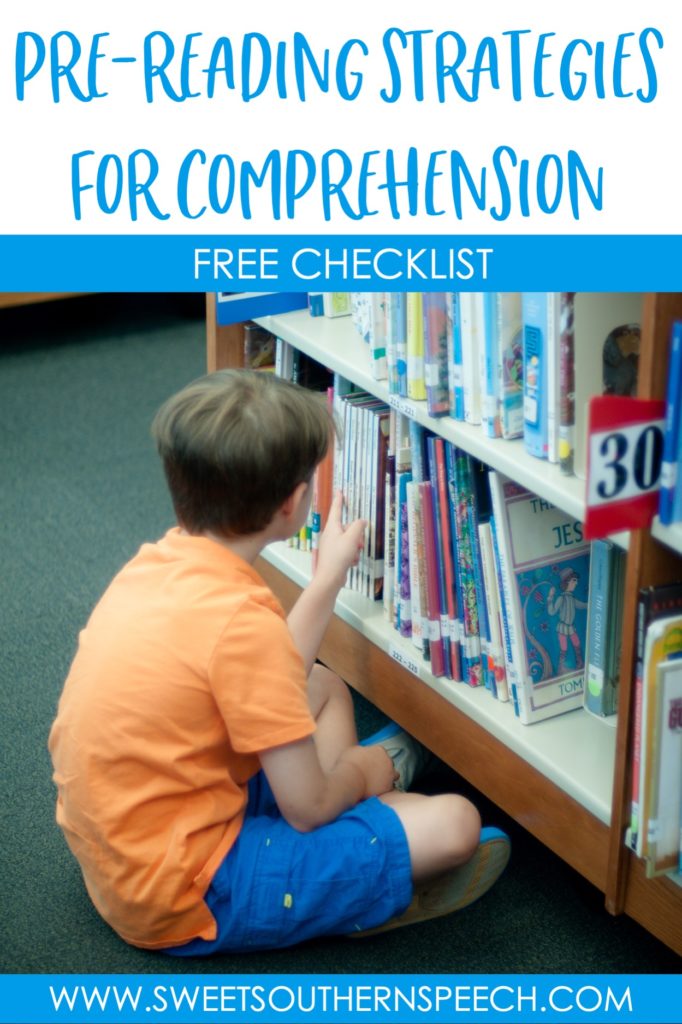
Semantic Gradients
Use this pre-reading strategy to broaden or deepen understanding of related words. Words are placed on a continuum to distinguish shades of meaning. Select a pair of polar opposite words then generate 5 synonyms for each. Then arrange the words in a way to makes a bridge from one opposite word to another. Can be vertical or horizontal. (Greenwood, S.C., & Flanigan, K. 2007, November).
Word Maps
I utilize the Frayer Model all day long for vocabulary comprehension. Using pre-selected vocabulary, students write a definition in their own words, give examples, non-examples, and draw a picture representation. Several free templates are free with an online search. If you are looking at developing a “student dictionary,” this is a great concept.
Word Walls
Word walls are effective when teacher-directed. I love this Fry Articulation Word Wall from Nicole Allison. Use of word walls have been shown to have strengthened high-frequency word recognition resulting in an increase of words read per minute. (Jasmine, J., & Schiesl, P. 2009)
Text Structure
Finally, one of the most efficient reading strategies with significant research is on text structure knowledge to facilitate comprehension. Readers who are unaware of the text structures are at a disadvantage because they do not approach reading with any type of reading plan (Meyer, 2003). As early as third grade, students are expected to recognize expository structures: description, sequence, compare/contrast, cause/effect, and problem/solution. Graphic organizers like Story Grammar Marker make teaching various text structures easy.
Holy moly that was a lot! I hope you find this information on pre-reading comprehension strategies helpful so you can plan your teaching. Not every student needs every strategy targeted. Use this as a guide for looking at weaknesses your students may have.
I will post during-reading and post-reading strategies soon!
Download the free checklist below! Drop a comment below if you other strategies you have found effective!
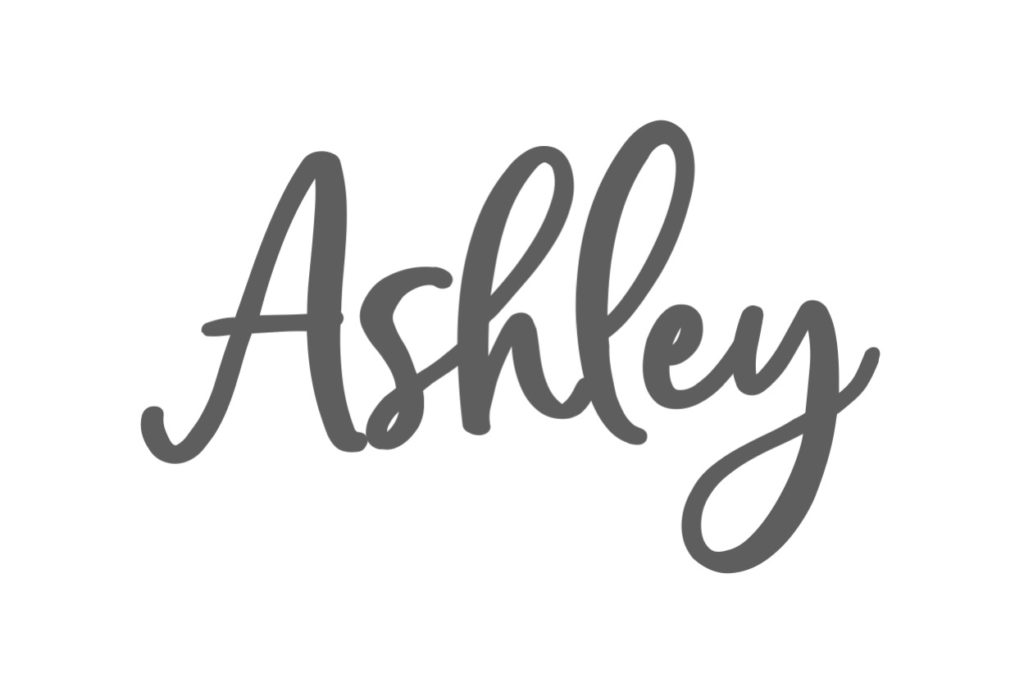
YOU MAY ALSO LIKE
-
Professional Reading For The SLP
School’s out and I’m catching up on some great summer reading to refresh my SLP…
-
Selecting The BEST Books For Speech Therapy
The Best Books For Speech Therapy When implementing a literacy-based approach to your sessions, it's…
-
Using Wordless Picture Books in Speech Therapy
Wordless Picture Books In Speech Therapy I must admit, early in my SLP career I…
